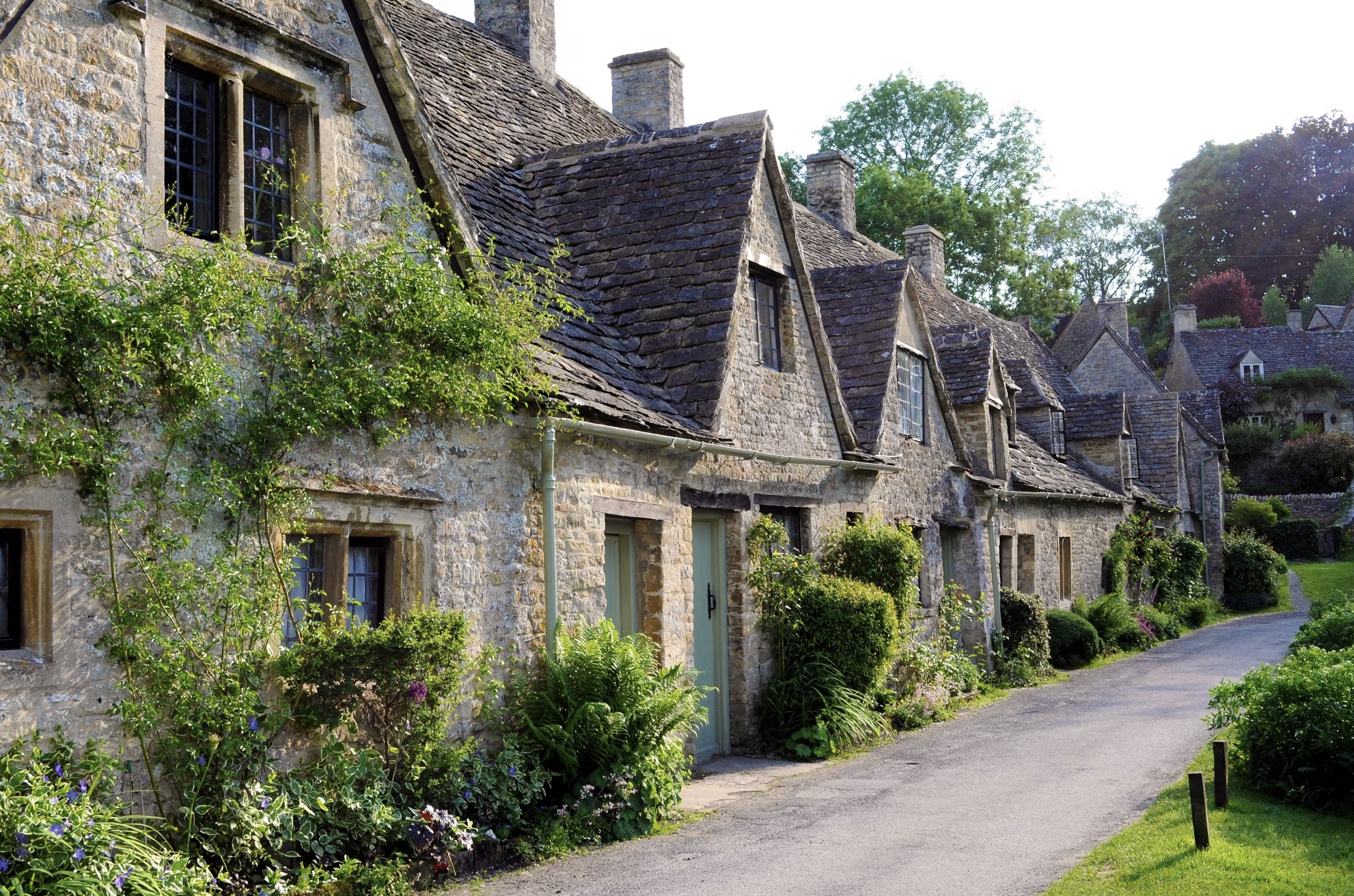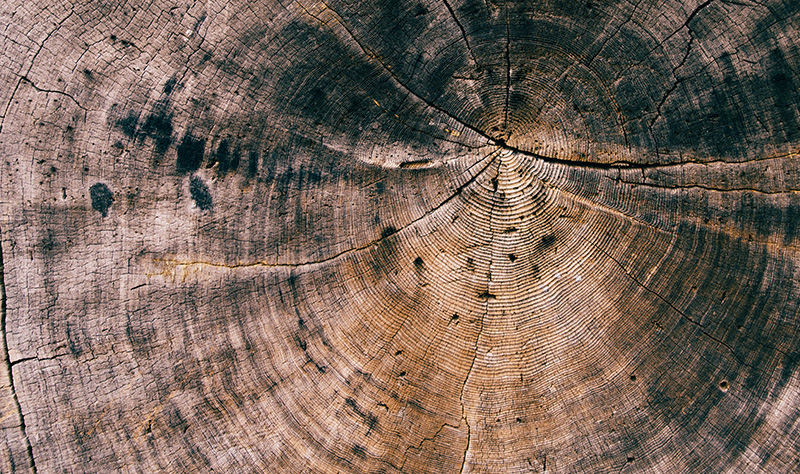Wooden beam cottages have a long and rich history dating back to medieval times. These charming and rustic homes were built using traditional techniques and materials, and have stood the test of time to become some of the most beloved and sought-after properties today.
The origins of wooden beam cottages can be traced back to the medieval period when they were built by skilled craftsmen using locally sourced materials. These early cottages were typically small, single-story homes with thatched roofs and mud or wattle-and-daub walls. The wooden beams used in their construction were typically oak or chestnut, which were abundant in the local forests.
During the 16th and 17th centuries, there was a rise in the popularity of wooden beam cottages as more and more people began to settle in rural areas. Farmers and farm labourers often built these cottages, who used them as their primary residence. They were also used as secondary homes for wealthy landowners, who often built them as hunting lodges or summer retreats.
In the 18th and 19th centuries, wooden beam cottages began to evolve and take on new forms. Many were expanded and remodelled to include more rooms and modern amenities such as chimneys and glass windows. The use of brick and stone also became more prevalent, but the wooden beams remained a constant feature of these homes.
Today, wooden beam cottages are highly sought-after properties due to their charming rustic character and historical significance. Many have been beautifully preserved and restored, and are now used as primary homes, holiday homes, or even rental properties.
Despite the changes over the centuries, wooden beam cottages continue to evoke a sense of nostalgia and remind us of a simpler time. They are a true testament to the skill and craftsmanship of the builders who created them, and a reminder of the enduring beauty of natural materials.



